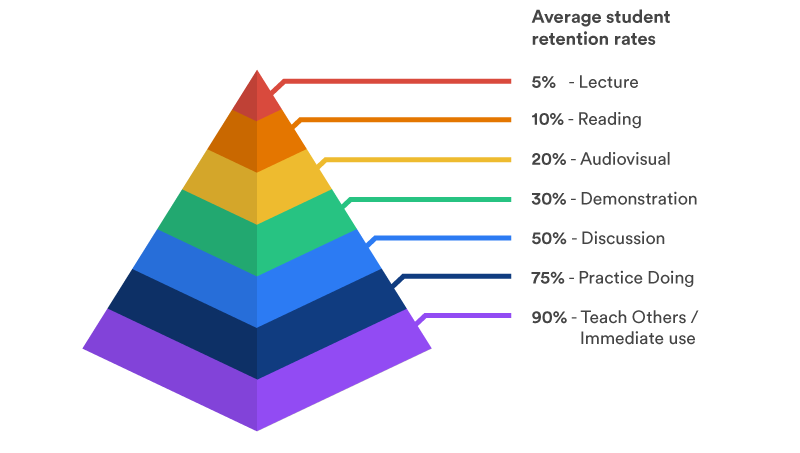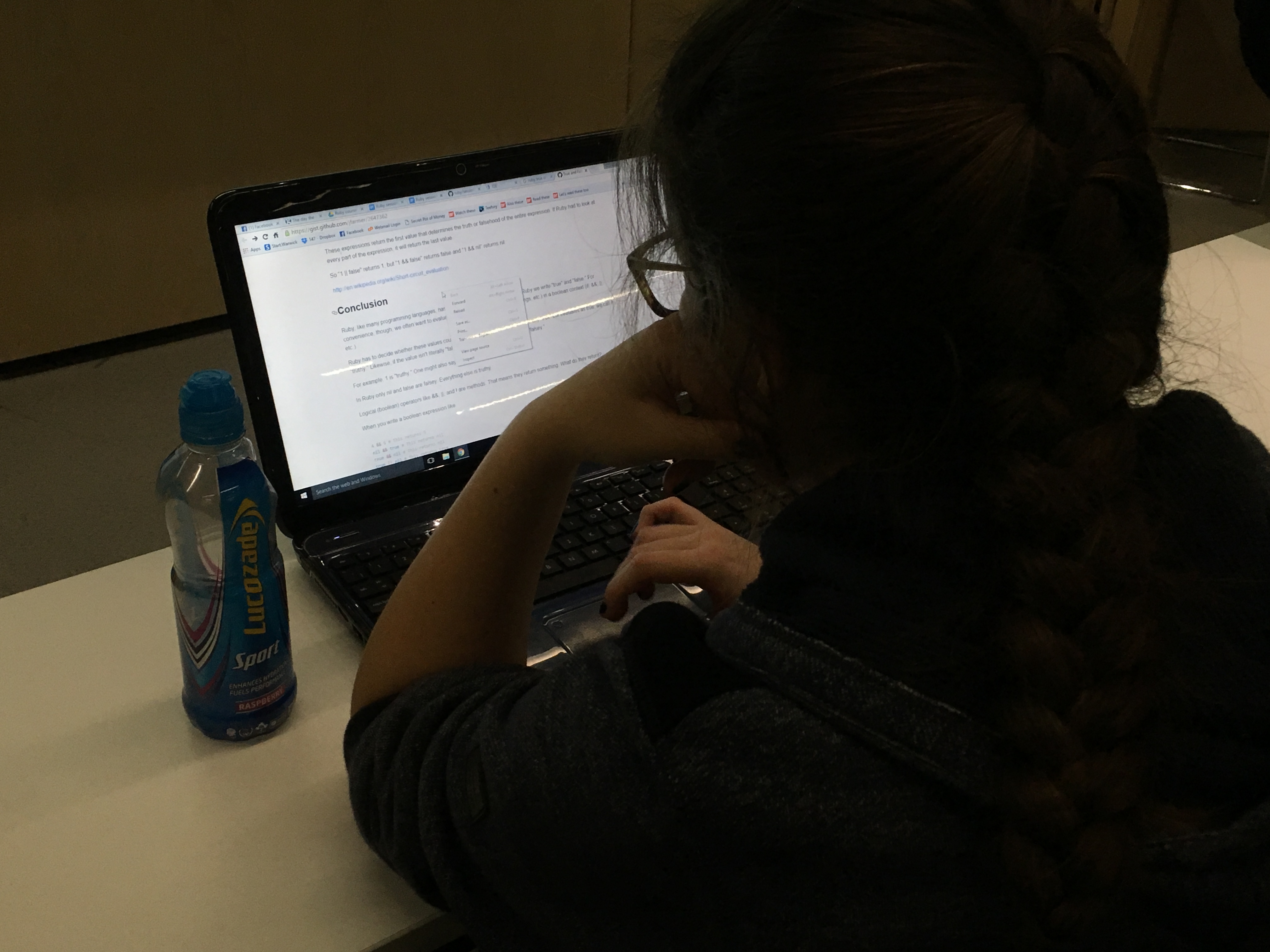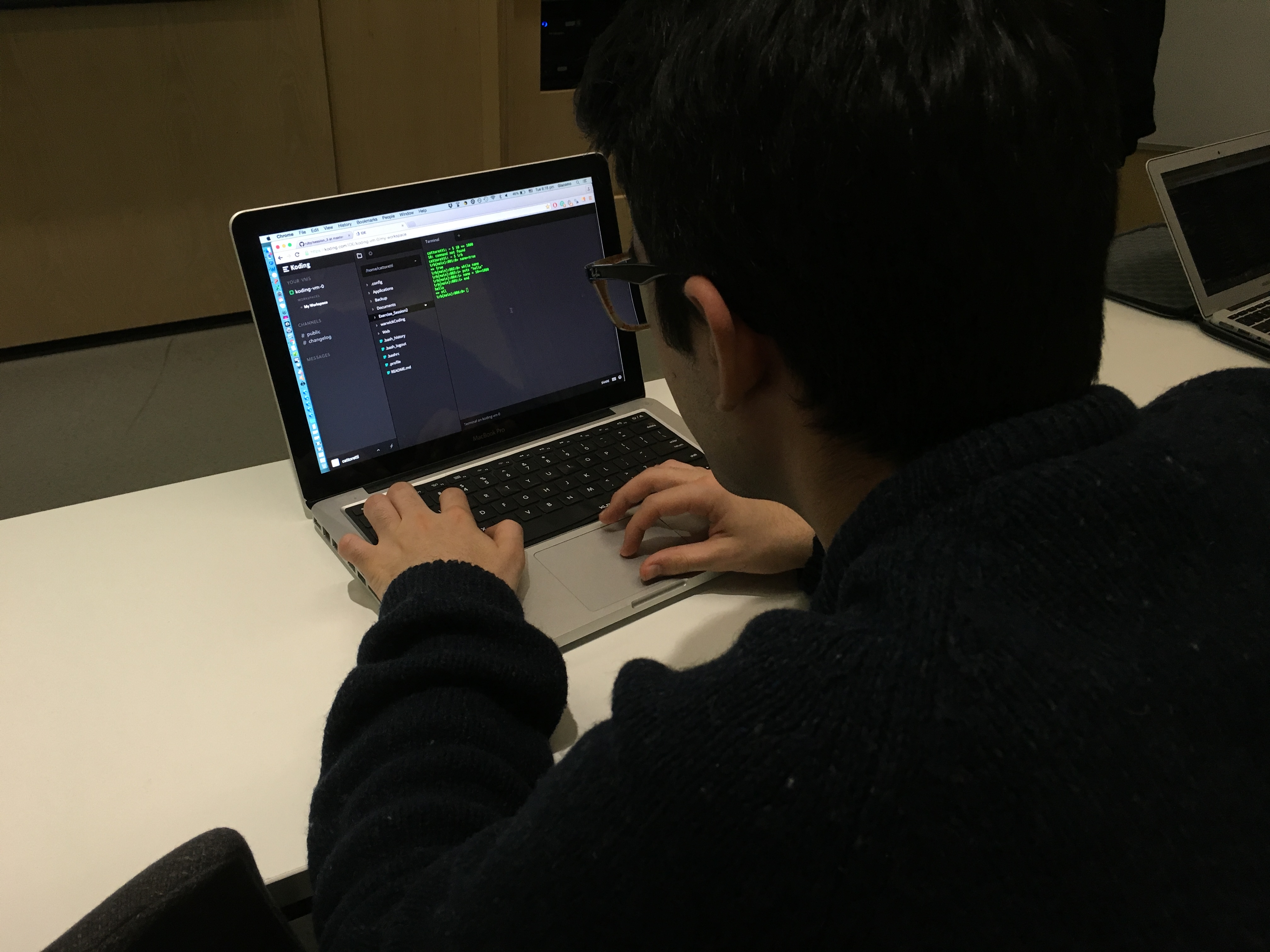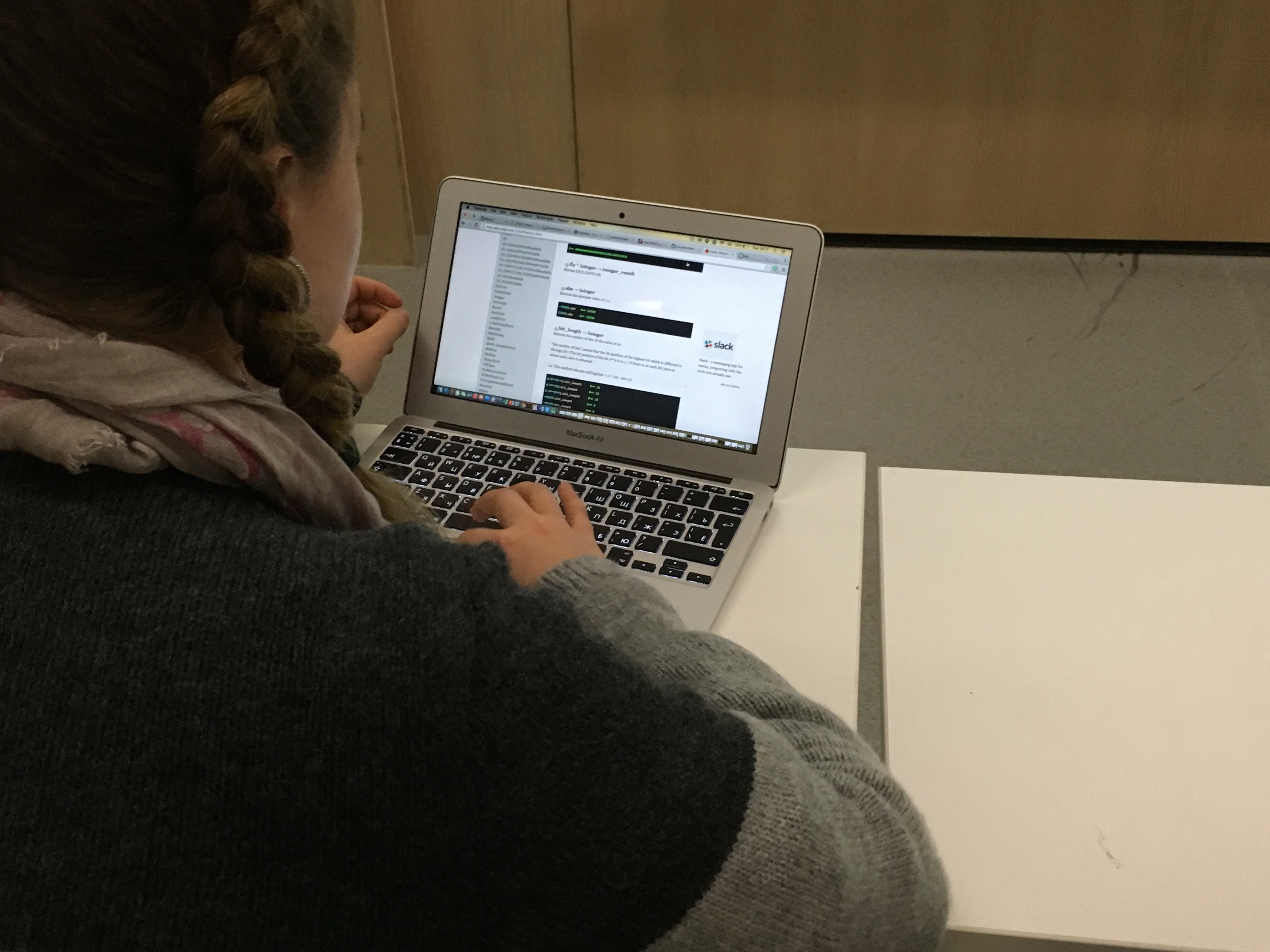Teaching is daunting, and this is especially true for someone getting into a new field. In my case, I learned this firsthand while teaching a couple of frontend and Ruby courses.
Term 2 Frontend Class
I never thought I would actually venture into teaching, or at least not in my twenties. This post is my attempt at sharing the incredible experience I gained from teaching two of the warwickCoding courses. This has been a life-changing experience for me and I do recommend that people try to teach, mentor, coach, or guide others, even if it is just explaining a specific answer to a friend or your sibling.
Historical Context
Since this is my first ever blog post, I should probably also introduce myself. Other than the stuff in the about page, I’m just a guy learning how to program; something I wish I picked up earlier in my life. But as they say, it’s never too late for anything.
I graduated in July of 2015 from Warwick and soon after that, I found myself at Makers Academy, undertaking a 16 week web development bootcamp. Those few months in London were probably the most demanding, physically and emotionally draining months I have ever been through… But probably the best thing I have done for myself and career. Enough on that, as it deserves an entire post on its own!
So let’s fast forward to October, when I got a call from my good friend, Raphael (who founded warwickCoding) asking me if I would like to teach the frontend course and another “backend” type of course for the 2015-2016 year. I considered it for a few days and then decided to give it a shot as I was still going to be around Warwick for this year working on a startup project.
The Preparation
Naturally, the next step would be to find out what was done in last year’s courses and understand how it was delivered in terms of style, material and the challenges faced. After digging through the material from last year, I decided to produce some original content for this year and to use a mix of different resources to deliver the course. This included using Koding.com for the IDE, Thimble to get jump-started into frontend stuff, CodePen for quickly prototyping, and last but not least, Github Pages for hosting the great stuff the students are building.
I also decided that the frontend course should only deal with HTML and CSS! I was careful to stay away from introducing JavaScript to the mix, as this is an 8-week course that is spread over 16 hours of “facetime” with the students; teaching JS in that short amount of time would be unfair to the students, most of whom are doing this course for 2 hours a week to learn more about the web and don’t have any previous coding experience. Besides the aforementioned, I really wanted to go as deep as possible into HTML and CSS with the students so that they could get something concrete out of this; taking them only through the basics would not be sufficient for them to be able to produce some static website of their own after the course.
With one week left to the first frontend session, I started working on the material for the sessions. The aim was to split each session into two parts, the first involved me talking though the slides and asking the students questions along the way to get them thinking about the specific uses of the topic in question, rather than just mechanically follow a tutorial of some sort. The students would then spend the next hour working on some exercises/challenges that I would provide. The main aim of this was to keep the sessions as interactive as possible unlike regular lectures.
This has proven to be both fun and a great learning experience for them and myself.
The Courses
This year, we increased the number of courses on offer by warwickCoding. We now provide 4 courses: HTML&CSS, Android, Ruby, and Excel&VBA. I was fortunate to teach the HTML&CSS and Ruby courses. That is where I started learning something valuable about teaching.
 Learning Pyramid
Learning Pyramid
The National Training Laboratories created the Learning Pyramid, a theoretical hierarchy of different learning approaches, each of which is associated with a percentage that reflects the learner recall. A quick search on Google will return a host of different articles on this issue, most of which are aimed at disproving it. I will not make a blanket statement in support of this theory, but will rather share my personal experience when I tried implementing the last tier in the pyramid, the teaching part.
Long story short, I was able to learn so much more about HTML, CSS, JavaScript, and Ruby by answering the challenging questions that the students constantly asked. The first time I realised this was when I had to explain what Objects are in Ruby, I understood them in my own head, but it was a completely different way of understanding the topic when I explained it in plain English to the students and ultimately myself. I found great pleasure in doing the same for HTML & CSS, this applies to everything, even the simple parts such.
Both courses have been great fun, and I do hope that all the students will continue programming after we’re done.


 Some of the Ruby Students
Some of the Ruby Students
The Feedback
During my undergrad, I would have like more feedback on everything from tests, assignments, to coursework, so I decided to do the exact opposite and bombard the students with a feedback form after every session. The results were obviously anonymous so everyone could express their opinions without considering my feelings.
I was quite happy when I would receive good feedback as that motivated me to continue doing the same thing. When I received “below average feedback” I also felt glad because this means that I could do more and I took every piece of feedback, positive or otherwise, as a challenge to deliver better material each and every time. Without such a mechanism, a first-timer such as myself would find it very difficult to assess the general sentiment during the course.
With weekly feedback, it was also possible to draw trends across the different sessions. This made it easier to adapt the syllabus accordingly for the term 2 courses.
All in all, I have enjoyed every bit of this experience. I would definitely do this again. Depending on where I go next, I will most probably get involved with some mentoring or coaching program similar to this.
Thank you for reading! If this resonated with you and would like to read more about my journey, you can follow me on Medium or get in touch with me on Twitter.
Comments